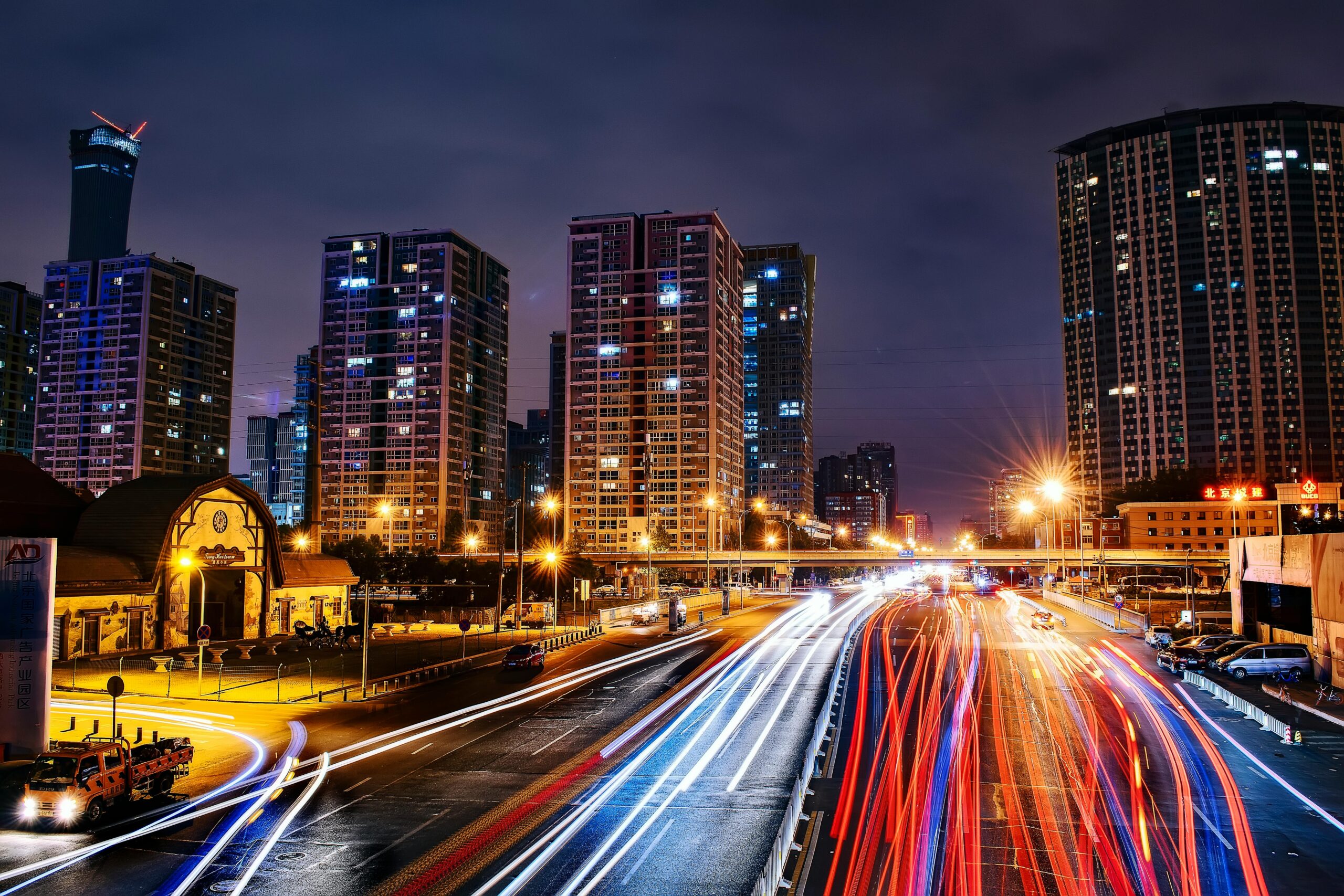
In the 21st century, the concept of smart cities has emerged as a beacon of urban development, leveraging the transformative power of Internet of Things (IoT) and Artificial Intelligence (AI). With urbanization on the rise, cities are facing unprecedented challenges, from traffic congestion and pollution to inadequate infrastructure and resource management.
According to recent research, the global smart cities market is projected to reach $2.5 trillion by 2025, reflecting the growing momentum towards sustainable and efficient urbanization.
Smart cities harness advanced technologies to optimize infrastructure, enhance services, and improve the quality of life for residents.
Smart cities harness the potential of IoT to connect physical infrastructure, devices, and sensors, creating a network of interconnected systems that can collect, analyze, and act on real-time data. From smart transportation systems that optimize traffic flow and reduce emissions to smart energy grids that monitor consumption and promote renewable sources, IoT enables cities to operate more efficiently and sustainably. Additionally, AI-driven analytics empower city planners and policymakers to make data-driven decisions, identifying trends, predicting future needs, and optimizing resource allocation.
One of the key pillars of smart cities is sustainability. By integrating renewable energy sources, implementing energy-efficient technologies, and promoting eco-friendly practices, smart cities aim to reduce carbon emissions and mitigate the impact of climate change. Smart buildings equipped with IoT sensors can optimize energy usage, adjust lighting and temperature based on occupancy, and proactively identify maintenance issues to minimize wastage and maximize efficiency. Furthermore, smart waste management systems leverage IoT and AI to optimize collection routes, reduce landfill overflow, and promote recycling initiatives.
Another critical aspect of smart cities is mobility. With the proliferation of IoT-enabled devices and AI-driven algorithms, cities can develop integrated transportation systems that offer seamless connectivity and multi-modal options for commuters. From ride-sharing platforms and electric vehicle charging stations to real-time traffic management and predictive maintenance for public transit, smart cities prioritize accessibility, efficiency, and sustainability in urban mobility solutions. By reducing congestion, improving accessibility, and promoting alternative modes of transportation, smart cities strive to enhance the overall quality of life for residents.
Moreover, smart cities prioritize public safety and security through advanced surveillance systems, emergency response mechanisms, and predictive analytics. IoT-enabled sensors and cameras can monitor public spaces, detect anomalies, and alert authorities to potential threats in real time. AI algorithms analyze vast amounts of data to identify patterns, predict crime hotspots, and optimize resource deployment for law enforcement agencies. By leveraging technology to enhance situational awareness and response capabilities, smart cities create safer and more resilient communities for their residents.
In conclusion, the advent of IoT and AI has ushered in a new era of urban development, where cities harness the power of technology to address complex challenges and improve the quality of life for their residents. As pioneers in software development, Coding Brains is committed to partnering with cities to build innovative solutions that transform urban landscapes into smart, sustainable, and resilient communities. By leveraging cutting-edge technologies and fostering collaboration between stakeholders, we strive to empower cities to embrace the future and thrive in the digital age.


Leave a Reply